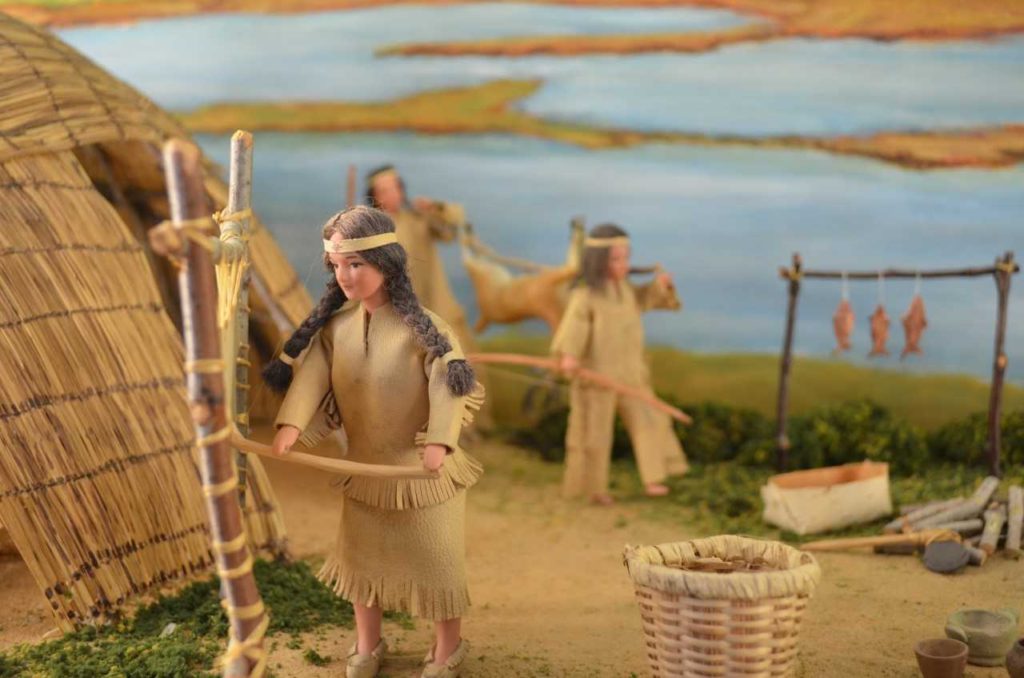The location of Wood Memorial Library & Museum, on a knoll above the South Windsor meadows, has long made it a natural repository for the artifacts of local Native, or Indigenous Peoples.
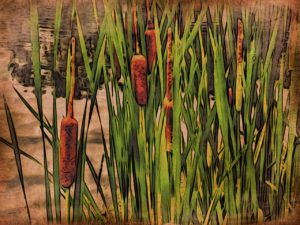
For centuries, members of the Indigenous Tribal Nations, commonly known as the Podunk or Nowaas tribe, flourished on the banks of the Connecticut River and its interiors, in the towns now known as South Windsor, East Windsor, Ellington, Vernon, Manchester, East Hartford and Glastonbury.
The Wood is now home to more than 20,000 artifacts and ecofacts, including Projectile Points, stone and shell pendants, axes, pipes, hoes, steatite bowls and more. These pieces have formed the basis for lectures and hands-on programs on the Lifeways of the Northeast Woodland Indigenous Peoples for both children and adults.
In 2015, The Connecticut Department of Economic & Community Development chose the Friends of Wood Memorial Library & Museum to receive $75,000 in funding through its “Good to Great Program.” The Wood’s grant proposal focused on the installation of an outdoor Living History Museum of Native American lilfeways, nestled in a c. ¾ acre parcel of land behind the library. The purpose was to design a setting that would thoroughly transform a visitor’s experience, immersing him or her in a hands-on learning atmosphere.
2016-2018
We approached the construction of our Native American Village by actively seeking out the guidance of several Northeastern Tribal Nations through an advisory committee. They include the Wampanoag, Pequot, Mohawk, Abenaki, Mohegan, Narragansett, Cherokee and Chickasaw. We realized that it was imperative that the site not just act as a learning backdrop, but that it be a living museum of history, culture and the arts.

The tribal nation who lived in South Windsor were known as the Podunk, or Nowaas. They referred to their homeland as Nowashe, or “place between rivers.” Nowashe was thus chosen to be the name of our living history museum, and while we refer to it as a “village,” it is important to note that it is not a replica. To straddle the line between authentic and practical, Nowashe “Village” was developed to form separate learning spaces, or natural classrooms, featuring connected trails that allow for hosting multiple learning groups simultaneously. We refer to Nowashe Village as an outdoor hands-on Native Peoples museum that portrays the lifeways of local Indigenous Peoples living during the Woodland Period up to Contact.
November, 2018
More than 100 people visited for a “first look” at Nowashe Village once the learning sites and paths were cleared.
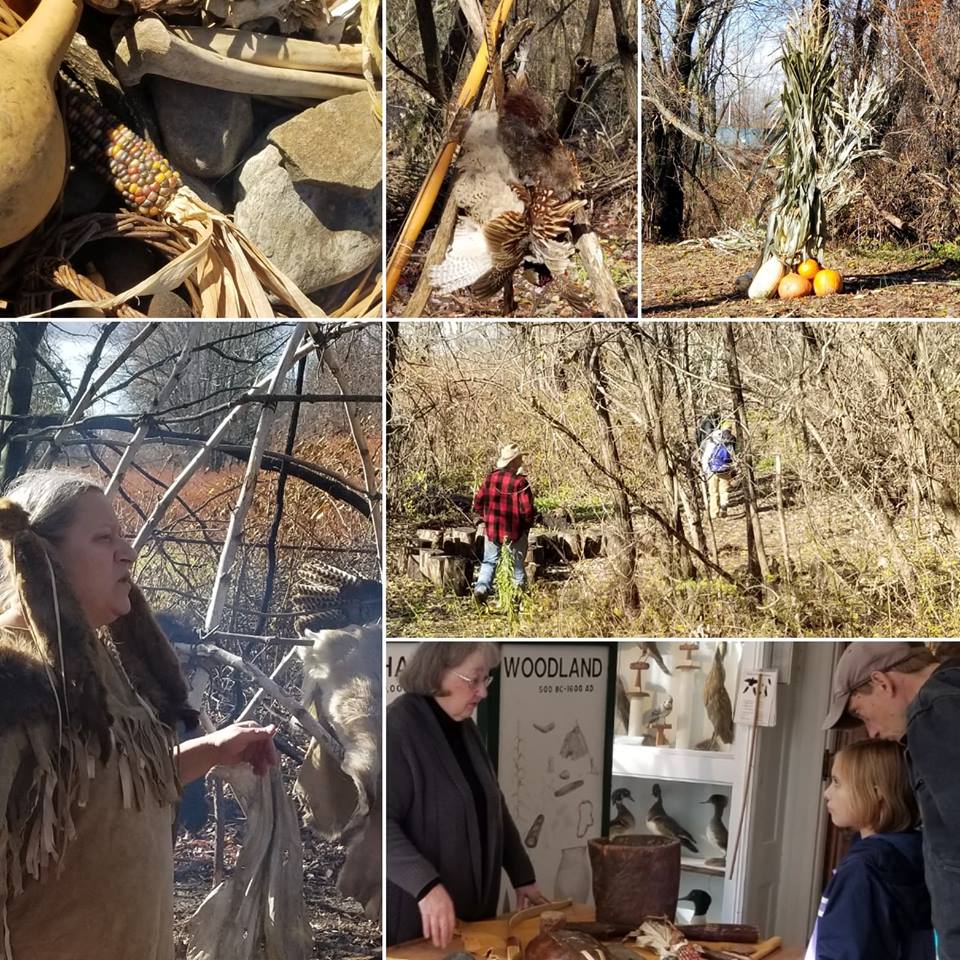
Spring 2019
Construction officially begins on the structures inside Nowashe. The three wetus, or wigwams, in Nowashe were built by Indigenous Peoples, using traditional techniques.


Three Sisters’ Garden planted (corn, beans and Squash).
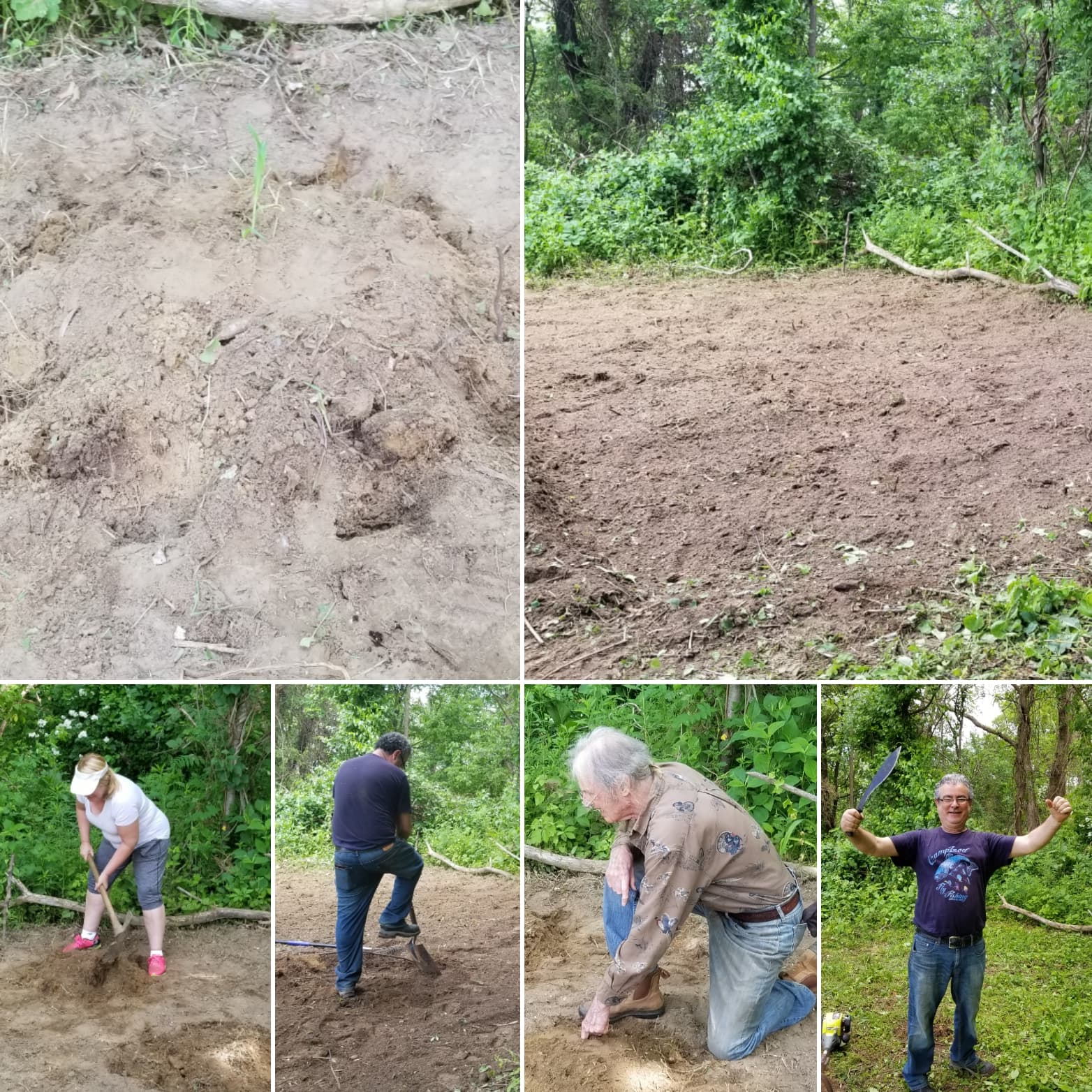
Keeping up with clearing, more leveling, more saplings
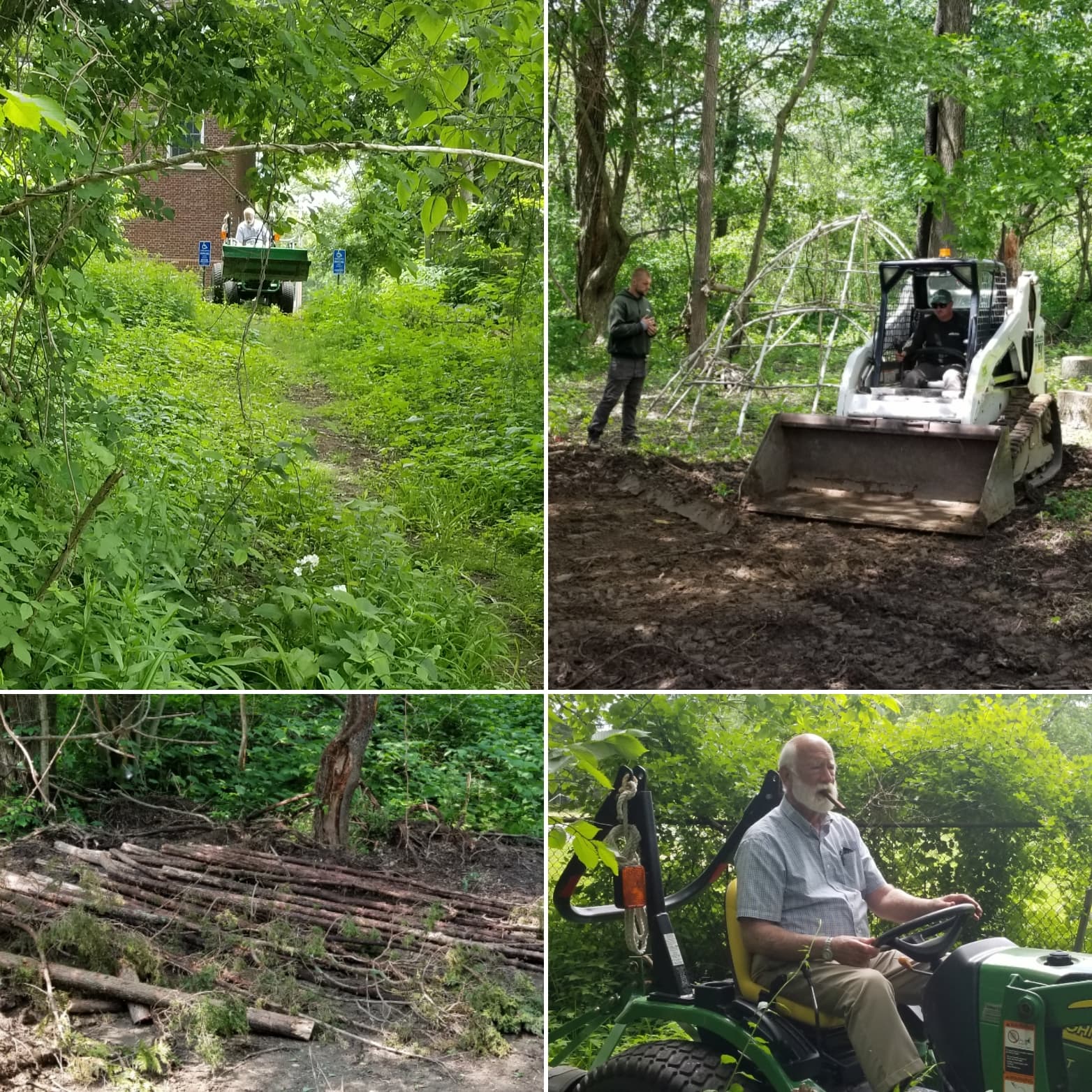
2020
As our DECD grant came to a close, we made it a priority to secure interior furnishings and other educational materials made or sourced by Native Americans, including woven red cedar bark decorative mats, cattail mats, Wampum and jewelry, clothing, baskets and pottery.
Nowashe Village was made possible by:

